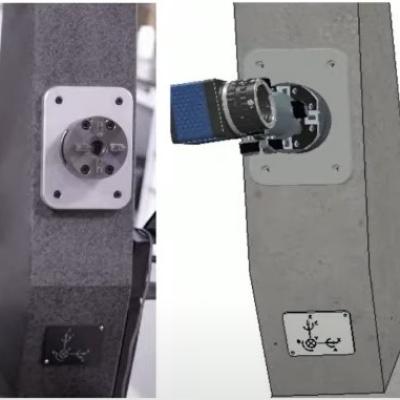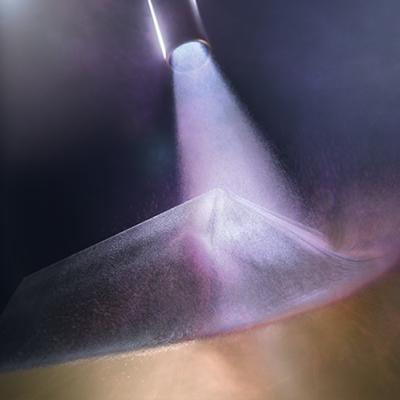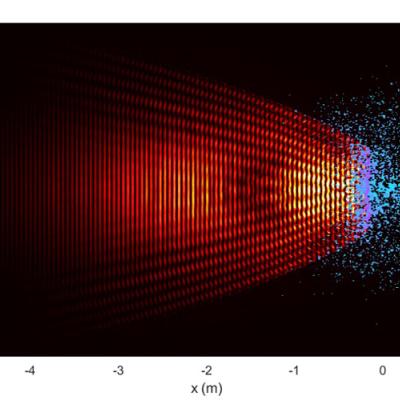LLNL researchers have developed a method to enhance the performance of polyelectrolyte membranes by using a humidity-controlled crosslinking process which can be applied to precisely adjust the water channels of the membrane.
Keywords
- Show all (88)
- Additive Manufacturing (37)
- Synthesis and Processing (16)
- 3D Printing (7)
- Materials for Energy Products (6)
- Material Design (4)
- Manufacturing Automation (2)
- Additively Manufactured (AM) Optics (1)
- Electric Grid (1)
- Instrumentation (1)
- Magnet Compositions (1)
- Manufacturing Simulation (1)
- Material Characterization (1)
- Microfabrication (1)
- Precision Engineering (1)
- Sensors (1)
- Structural Materials (1)
- Volumetric Additive Manufacturing (1)
- (-) Manufacturing Improvements (3)
- (-) Membranes (2)

LLNL’s novel approach utilizes a number of techniques to improve reconstruction accuracy:


LLNL pioneered the use of tomographic reconstruction to determine the power density of electron beams using profiles of the beam taken at a number of angles. LLNL’s earlier diagnostic consisted of a fixed number of radially oriented sensor slits and required the beam to be circled over them at a fixed known diameter to collect data. The new sensor design incorporates annular slits instead,…

LLNL researchers have developed an alternative route to protective breathable membranes called Second Skin technology, which has transformative potential for protective garments. These membranes are expected to be particularly effective in mitigating physiological burden.
For additional information see article in Advanced Materials “Ultrabreathable and Protective Membranes with Sub-5…

